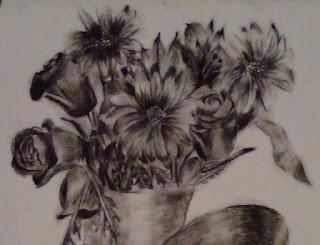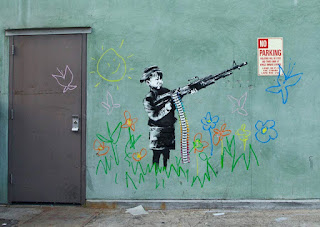This class has been an eye-opening experience for me as an artist. Though drawing is a subject that I have always been interested in, it was not something that I ever felt that I had time to explore when in high school. I only took two arts classes during my high school career, both as an underclassman. This class has touched upon many of the concepts introduced to me in the drawing class I took three years ago, such as using my pencil as a measuring tool, subtractive drawing, and empirical perspective. However, through the practice I have had with these subjects over the last semester – both in class, and through sketches and homework assignments – I have been able to gain a much more thorough understanding of all of them. For example, though I had worked with charcoal before, I was not sure of how to use it in order to achieve the realistic shading that some of my classmates are capable of producing. I especially struggled with avoiding unintentional smudging – at first, it seemed nearly impossible for me to complete a charcoal drawing without covering it with my fingerprints. However, since then, I have fine-tuned my skills in working with charcoal and am now capable of creating much more realistic images than I was before.

Detail of Still Life Assignment
I have also been exposed to many new concepts in this class, one being the idea of negative space. I found our negative space assignment especially helpful as I struggled to accurately draw scenes in which several objects “overlap”. By focusing on the outline and shape of spaces where there was a lack of objects, I was able to much better portray the way that the objects were situated in the space in relation to one-another. Creating study drawings before beginning my assignments was also a foreign idea to me; this exercise was extremely helpful, as it forced me to take notice of any fundamental flaws in the setup of my drawing before I had invested much time into shading and detail. Another thing that I had never done before was to create a drawing from a combination of both observation and integrated photographic elements; though I have tried drawing from observation and drawing from photographs before, I had never before utilized both methods in the same composition. This was somewhat challenging for me, as I struggled to make the elements of the drawing which were taken from photographs look as if they truly belonged in the image. I was unsure of where to place any shadows as I attempted to insert objects into the pictorial space of my piece, and often failed to make objects an appropriate size. However, I still found these assignments very enjoyable, and I learned a lot from them about the communication of a narrative through drawing.
There remain many aspects of the art of drawing that our class was not able to cover, which I wish I had been able to learn more about. For example, I hope to learn more about drawing the human form. I have not had much experience with drawing people, but hope to explore portraiture and figure drawing in the semesters to come. I would also like to spend more time exploring other mediums of drawing besides pencil and charcoal. For example, would like to experiment with pen and ink drawings, stipple drawings, and pastel drawings.
One of the things that I love about the drawing is its versatility; there are a wide variety of different techniques that can be used to represent the same image. The images below are works created by artists whom I find inspirational, as they demonstrate several diverse forms that the art of drawing can take:

Banksy
(http://www.banksy.co.uk/outdoors/outusa/horizontal_1.htm)

George Vlosich
(http://www.gvetchedintime.com/gvetchedintime/index.php)
(http://www.vangoghgallery.com/catalog/Drawing/)
(http://www.julianbeever.net/)
(http://artcritical.com/2003/11/01/arshile-gorky-a-retrospective-of-drawings/)
Henri Matisse
(http://www.henri-matisse.net/drawings.html)




No comments:
Post a Comment